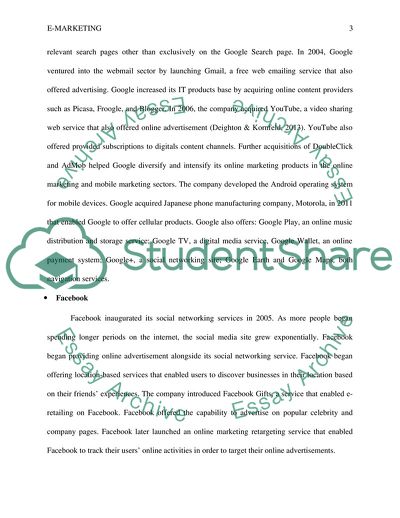Cite this document
(Product Mix Strategy for Amazon, Google and Facebook Case Study - 1, n.d.)
Product Mix Strategy for Amazon, Google and Facebook Case Study - 1. https://studentshare.org/marketing/1881628-e-marketing
Product Mix Strategy for Amazon, Google and Facebook Case Study - 1. https://studentshare.org/marketing/1881628-e-marketing
(Product Mix Strategy for Amazon, Google and Facebook Case Study - 1)
Product Mix Strategy for Amazon, Google and Facebook Case Study - 1. https://studentshare.org/marketing/1881628-e-marketing.
Product Mix Strategy for Amazon, Google and Facebook Case Study - 1. https://studentshare.org/marketing/1881628-e-marketing.
“Product Mix Strategy for Amazon, Google and Facebook Case Study - 1”. https://studentshare.org/marketing/1881628-e-marketing.


